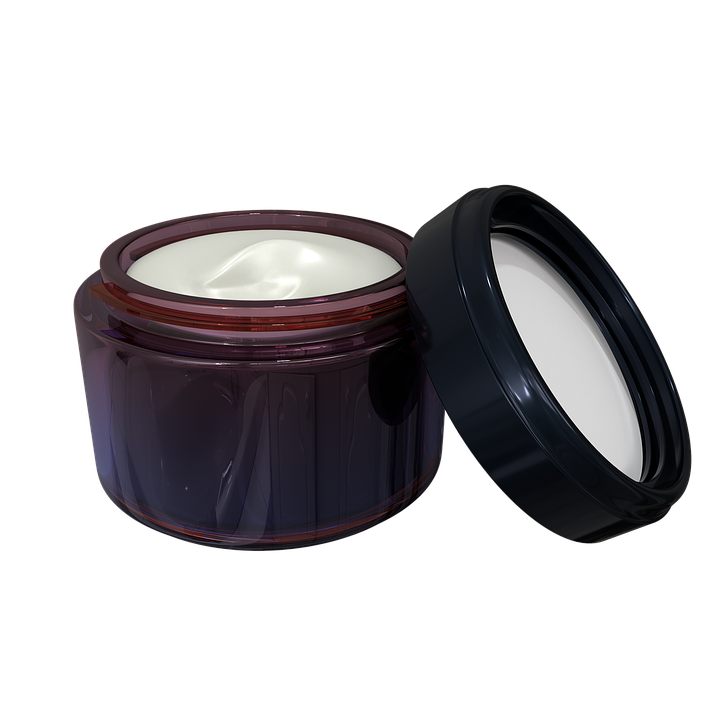
OTC (over the counter) NSAIDs (Nonsteroidal Ant-inflammatory Drugs) such as naproxen, aspirin and ibuprofen might be your first choice for relief from pain caused by arthritis. For most people, these medications are highly effective. Their potential side effects however, are worth your consideration.
To your collection of pain relievers, you might consider including other effective products such as lotions, rubs, creams, patches and ointments. With these OTC products you can avoid the potential side effects of pills, while still getting the pain relief you seek.
According to Jason Genin, DO, an orthopedic specialist, in some cases topical medications might be as effective as their oral counterparts, especially where knee and hand arthritis is involved. He continues to say that topical alternatives might be better tolerated in addition to being more effective.
According to Dr. Jason Genin, when it comes to arthritis in the elbows, knees or hands, the effect of these pain relief products is more pronounced. However, when the source of the discomfort is covered by a thick layer of fat and muscle, deep within the body, these products become less effective.
How To Choose The Right Topical Medication

Available in prescription form or over the counter, topical arthritis pain relief products come in a variety of forms. Dr. Jason Genin says that these products can still cause side effects, mostly irritating the skin, even though they are generally safer than pills.
Allergic reactions to these medications manifest through various symptoms including low blood pressure and shortness of breath. It is important that you discontinue use of the medications and contact your physician if this happens, as it represents a serious medical condition.
Your lifestyle and the severity and location of your discomfort, determines which topical treatment is right for you. Here’s a list of the three different categories they fall into:
- Counter-irritant Products e.g. Icy Hot: These are great for any pain that comes about as a result of engaging in physical activity. These products produce a cooling skin sensation by inducing local inflammation. This helps keep the brain from picking up on any discomfort in nearby tissue in addition to reliving inflammation.
- Salicylates: Pain relief products which are anti-inflammatory in nature. If your arthritis flares up at night these products, which are related to aspirin, are a great choice.
- Custom-made Drugs: These are designed to cater to the special medical needs of the user; they contain a mixture of medications such as anti-seizure medicine and an anesthetic. In cases where the needs of a patient cannot be catered to by commercially available products/medications, physicians prescribe custom drugs which are then made in compounding pharmacies. Since these compounds are generally stronger than most OTC drugs, your physician will closely follow your reactions to their use.
Dr. Jason Genin says that he usually opts for topical compounds when oral medications, which affect the entire body, are not tolerated well by his patient(s). He says that when the patients have given topical OTC drugs a try but they did not work, using a topical compound can help limit the extent of the adverse reaction to a small area, instead of spreading all over the body.
One Part Of The Solution
Your entire arthritis pain relief treatment won’t be made up of a pain relief patch, gel or cream only. To succeed, you will need to combine its use with oral pain medications, proper dieting and exercise. To cater to your specific needs, your doctor can help you create the right mix.
You may also like: Living with Arthritis Pain

